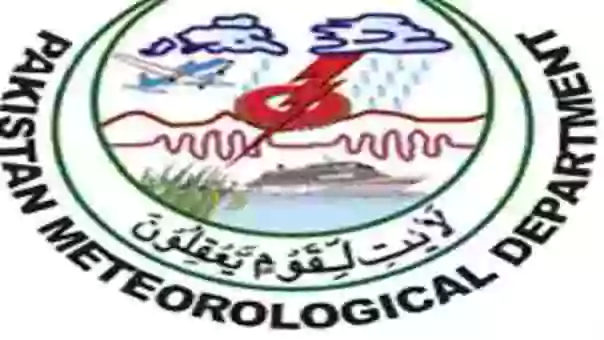Islamabad, October 16, 2025 – The Pakistan Meteorological Department (PMD) has issued a concerning outlook, warning that northern Pakistan is likely to experience the highest rainfall deficit during the last three months of 2025.
The latest seasonal forecast for October–November–December (OND) 2025 highlights below-normal rainfall trends across Gilgit-Baltistan, Khyber Pakhtunkhwa, Kashmir, and northern Punjab.
According to the PMD, the July–September (JAS) monsoon season brought normal to above-normal rainfall across most of the country, except for Gilgit-Baltistan, which recorded slightly below-average precipitation. The season included around ten major rainfall spells, triggering flash floods and urban flooding in northern and eastern Pakistan.
The forecast is based on data from nine international climate prediction models, integrated through the Multi-Model Ensemble (MME) system. The PMD notes that the Indian Ocean Dipole (IOD) remains in a negative phase, while the El Niño–Southern Oscillation (ENSO) continues to hover in a marginally negative phase—both factors contributing to reduced rainfall probabilities in the north.
The outlook suggests normal to below-normal rainfall in most parts of the country, with southern Pakistan (Sindh, southern Punjab, and southern Balochistan) expected to receive near-normal precipitation. However, the first month of the OND season may see slightly wetter conditions than November and December.
Temperatures are projected to stay above normal, especially in Gilgit-Baltistan and northern Khyber Pakhtunkhwa. This warmer-than-usual pattern could intensify water scarcity and drought risks in rain-fed zones.
The PMD warned that below-normal rainfall may impact Rabi crop sowing, reduce soil moisture, and increase irrigation costs. Additionally, dry conditions could worsen smog formation in Punjab’s plains and increase the likelihood of dengue outbreaks due to favorable temperature and humidity.
The PMD emphasized that this seasonal outlook should be used alongside short-term weather forecasts for informed planning in agriculture, water management, and public health preparedness.
